Matsuri at Jinja
A jinja exists to serve as the site of matsuri performed for the kami. These can be divided into two broad groups: community matsuri tied to the cycle of the seasons, and individual matsuri tied to stages of life.
Table of contents
Seasonal Matsuri
The main seasonal matsuri at most jinja are concerned with rice agriculture, and this was and is central to Japanese culture. In Shinto myth, rice cultivation in Japan began with rice plants from Amaterasu-Omikami’s own rice fields, given to her grandson to be grown as food for the people of the land. Raising rice thus strengthens the bonds between people and the kami, and is a source of joy, not simply labour. Because rice cultivation was so central, it came to be seen as a symbol of all forms of labour, and this is still true today, so that the matsuri for rice are seen as praying for the work of all people living near the jinja.
In February, the Kinensai is celebrated to pray for a bountiful harvest. Many jinja also celebrate a matsuri when the rice is planted out in the paddy fields, and another at the harvest. Matsuri to pray for good weather while the rice is growing are also common, as this period coincides with typhoon season. The Niinamesai, celebrated in November, gives thanks for the harvest. This day is a national holiday, Labor Thanksgiving Day, underscoring the symbolic role of rice cultivation in Japanese culture.
Jinja also celebrate a Grand Festival every year, or twice a year at a few jinja. This is held on a date that is significant to that particular jinja or kami, and is normally the highlight of the ritual year. The details of this matsuri are different at every jinja, and may involve processions with portable shrines or the performance of traditional local arts.
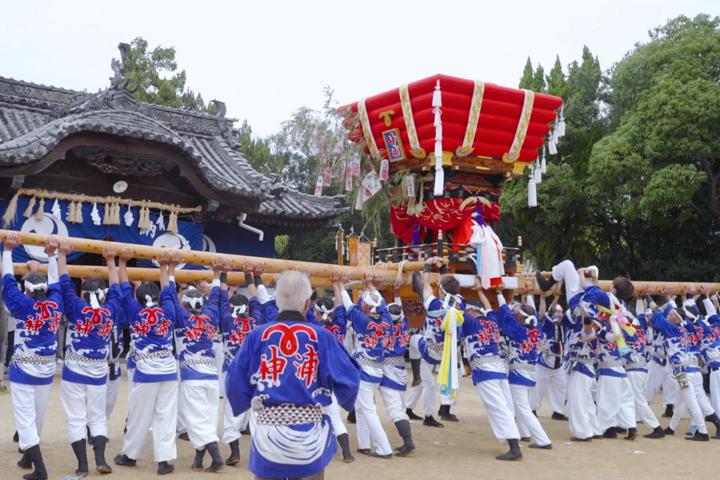
Twice a year, at the ends of June and December, many jinja hold purification ceremonies, called Oharae, at which the impurities that people have built up over the previous six months are removed.
Other matsuri are performed more often. Many jinja have a special matsuri performed once or twice a month, often called a “tsukinamisai”, to give thanks to the kami and ask for their protection. They are performed on a date that is significant to the jinja, although the first and fifteenth are common choices.
Finally, a matsuri is performed every day to make the daily food offerings to the kami. This is called the “nikkusai”.
Rites of Passage
Babies are often brought to jinja a month or so after they are born to introduce them to the kami, in a custom called “hatsumiyamairi”.

In autumn, traditionally on November 15th, but now any time between September and December, young children are brought to jinja by their families, dressed in beautiful kimono, to give thanks for their healthy growth and pray for continued protection. This is called “Shichigosan”, which means “seven-five-three”, because those are the ages at which children come.
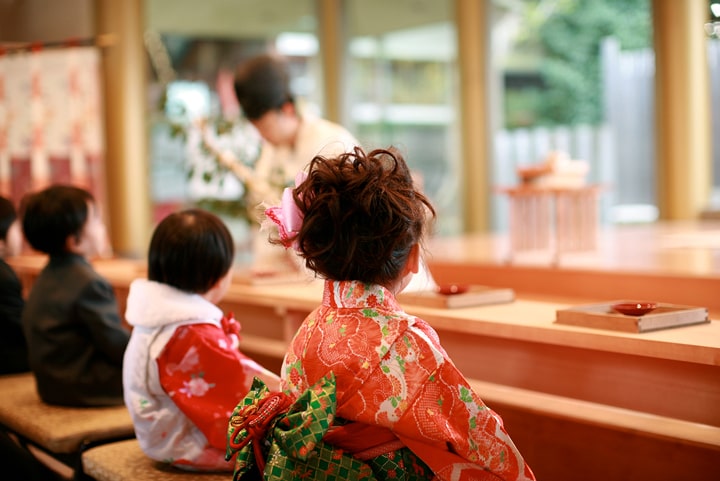
Larger jinja also perform weddings, at which the bride and groom make their vows before the kami and share sacred sake.
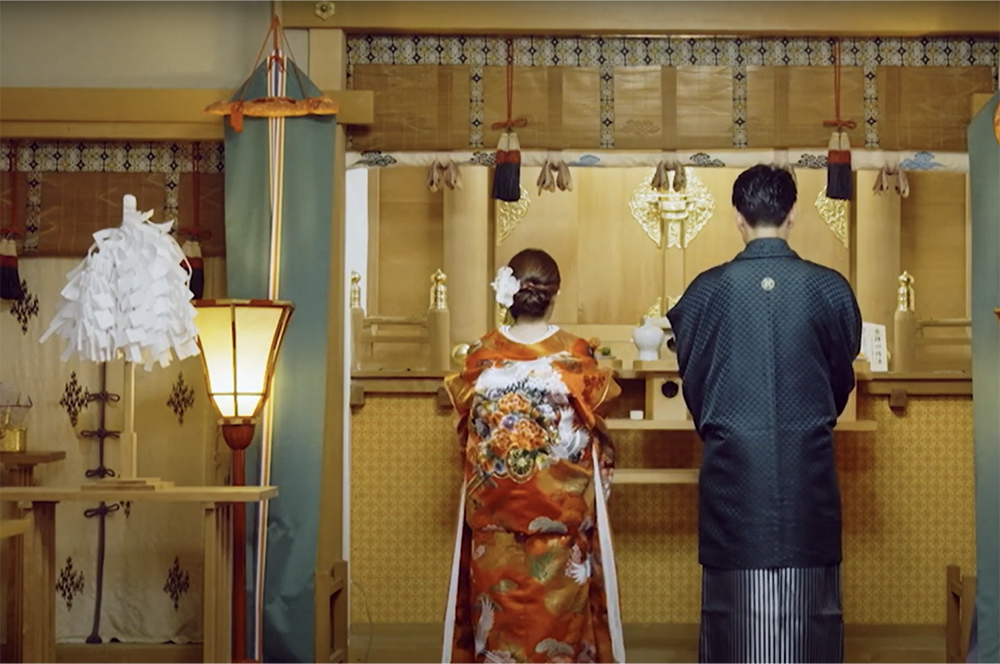
Funerals are not normally performed at jinja, because death is regarded as a source of ritual impurity. Shinto funerals, even for priests, are performed at other locations.
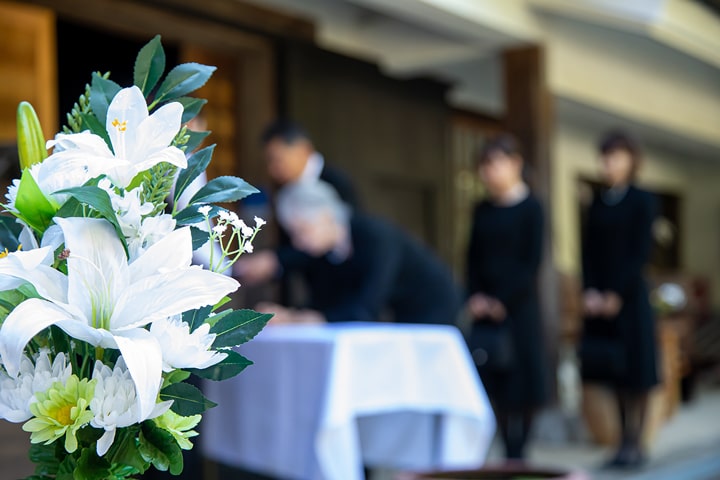
Glossary
The ancestral kami of the Tenno and the Imperial family
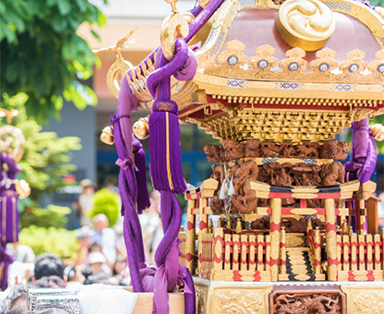
Portable shrine carried in procession during festivals and temporarily housing the enshrined kami.
Purification of human or object through ritual. Also the name for the ritual itself.

A large sacred ring made of kaya grass erected on the jinja grounds during special purification days typically in summer. Visitors pass through the ring to purify themselves and avoid misfortune in the coming months.


